“12 Famous Ships That Changed History: From Titanic to the Argo”
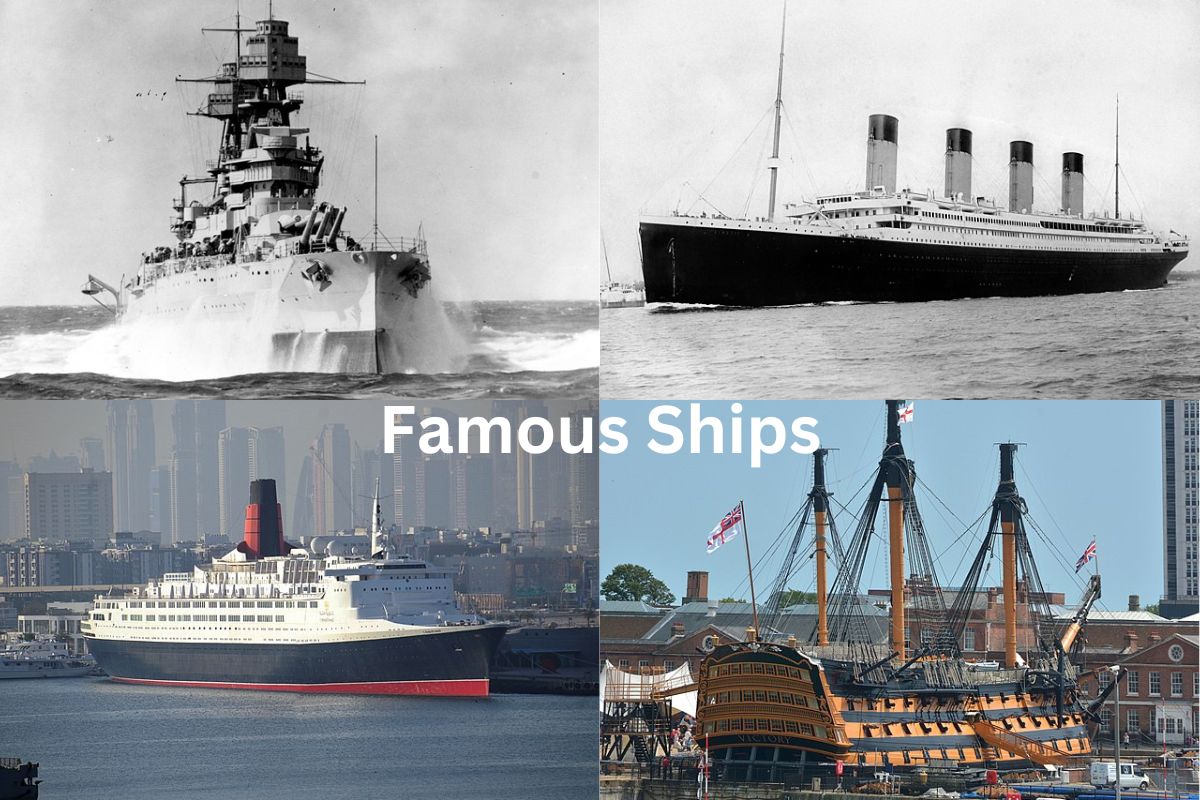
Throughout history, ships have not only carried goods and people across oceans but have also carried with them the hopes, fears, ambitions, and tragedies of civilizations. Some became tools of war, others symbols of exploration, trade, or disaster. Here are 12 of the most iconic ships in history, each with its own remarkable story.
1. RMS Titanic (1912)
Type: British Passenger Liner
Fame: Tragic sinking on maiden voyage
The Titanic was the largest ship afloat when it launched and symbolized the opulence of the early 20th century. On April 15, 1912, it struck an iceberg and sank in the North Atlantic, killing over 1,500 people. The disaster led to major reforms in maritime safety. Its story remains a symbol of human arrogance and the limits of technology.
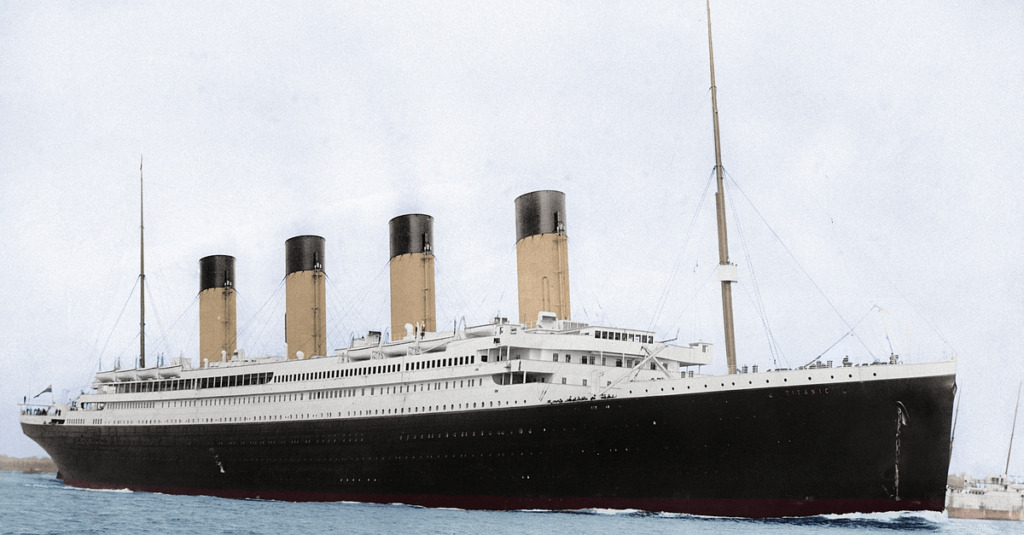
2. USS Constitution (“Old Ironsides”) (1797–Present)
Type: American Warship
Fame: Oldest commissioned warship afloat
Launched in 1797, the USS Constitution earned its nickname “Old Ironsides” during the War of 1812 for withstanding British cannon fire. Still afloat today in Boston, it serves as a living museum and testament to early American naval prowess.
3. HMS Victory (1765–Present)
Type: British Ship of the Line
Fame: Flagship of Admiral Nelson at Trafalgar
This 104-gun warship led Britain to victory against Napoleon’s fleet at the Battle of Trafalgar (1805). It was aboard Victory that Admiral Horatio Nelson was fatally wounded. Today, HMS Victory is preserved in Portsmouth, England, as a historic ship.
4. Santa María (1492)
Type: Spanish Carrack
Fame: Flagship of Christopher Columbus
The Santa María was one of three ships that carried Christopher Columbus to the Americas in 1492. Though it ran aground in Hispaniola and was lost, its legacy lives on as the vessel that helped spark the Age of Exploration—and all the consequences that followed.
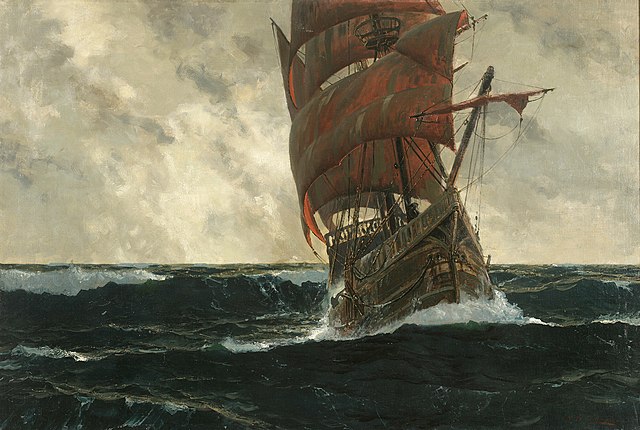
5. Mayflower (1620)
Type: English Merchant Ship
Fame: Carried Pilgrims to the New World
The Mayflower transported 102 English Pilgrims to the coast of what is now Massachusetts. The journey led to the establishment of Plymouth Colony, a foundational moment in American colonial history. It remains a symbol of religious freedom and perseverance.
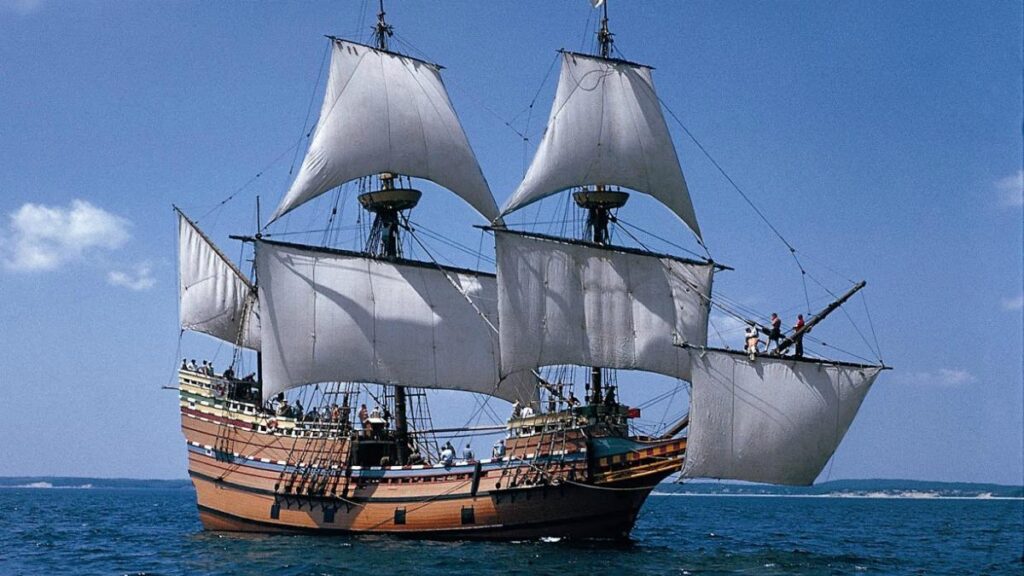
6. Bismarck (1939–1941)
Type: German Battleship
Fame: Fearsome WWII warship
Launched by Nazi Germany, the Bismarck was one of the largest battleships ever built. It sank the British HMS Hood in May 1941 but was itself sunk days later after an intense chase by the Royal Navy. Its saga became one of WWII’s most dramatic naval battles.
7. USS Arizona (1915–1941)
Type: American Battleship
Fame: Sunk during Pearl Harbor attack
On December 7, 1941, the USS Arizona was destroyed by Japanese bombers in the attack on Pearl Harbor, killing 1,177 crew members. Today, the USS Arizona Memorial in Hawaii marks the resting place of the ship and its crew and serves as a poignant reminder of war.
8. Endeavour (1768–1771)
Type: British Exploration Ship
Fame: Commanded by Captain James Cook
The HMS Endeavour carried Captain James Cook on his first voyage to the Pacific Ocean, where he mapped New Zealand and Australia’s east coast. It became an iconic ship of the Age of Discovery and helped expand scientific and geographic knowledge.
9. Queen Mary (1936–1967)
Type: British Ocean Liner
Fame: Luxury liner and WWII troopship
The RMS Queen Mary was a luxurious transatlantic liner and later served as a troop transport during WWII. Known for its speed and elegance, it is now permanently docked in Long Beach, California, as a museum and hotel.
10. Kon-Tiki (1947)
Type: Balsa Wood Raft
Fame: Experimental archaeology voyage
In 1947, Norwegian explorer Thor Heyerdahl sailed the Kon-Tiki from Peru to Polynesia to prove that ancient people could have made long sea voyages and colonized distant lands. The successful journey validated his theory of prehistoric transoceanic contact.
11. Argo (Mythological)
Type: Greek Ship (Fictional)
Fame: Ship of Jason and the Argonauts
Though legendary, the Argo deserves mention for its cultural impact. In Greek mythology, it carried Jason and the Argonauts on their quest for the Golden Fleece. It symbolizes heroic exploration and has inspired generations of literature and art.
12. Great Eastern (1858–1890)
Type: British Iron Sailing Steamship
Fame: Technological marvel of its time
Designed by engineer Isambard Kingdom Brunel, the Great Eastern was the largest ship ever built at its time. Initially a commercial failure, it was later used to lay the first successful transatlantic telegraph cable, making it a crucial link in global communication history.
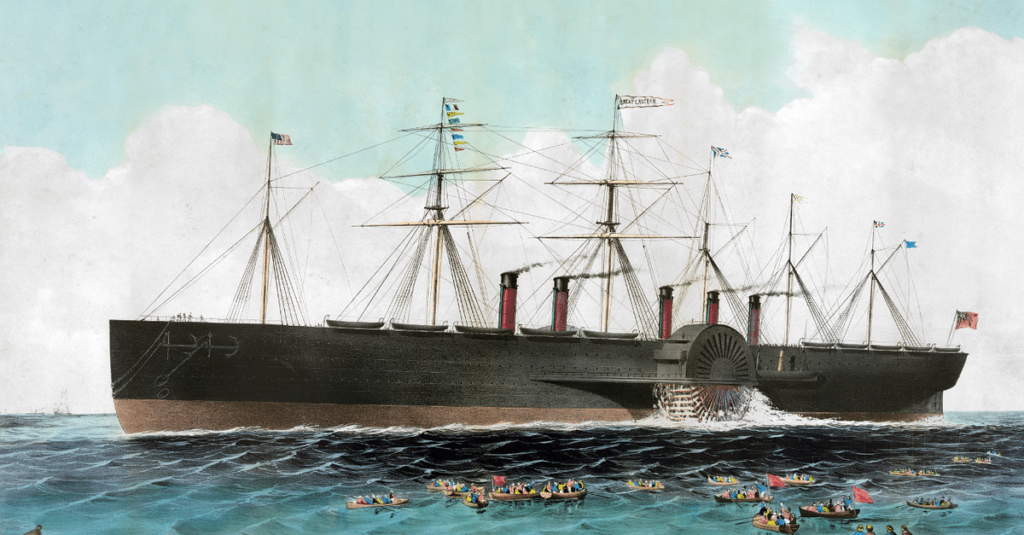
🌊 Legacy of the Great Ships
Each of these ships represents a key moment in maritime history—whether in exploration, war, trade, or technological progress. They remind us of how ships have:
- Changed the world map
- Connected civilizations
- Brought tragedy and triumph
- Defined the rise and fall of empires
From the ancient myths of Argo to the sunken wreck of the Titanic, these vessels carry not just passengers or cargo, but the legacy of human ambition and imagination.




